Radon Testing During Home Inspections: A Valuable First Step
As a home inspector in Regina and Moose Jaw, I often get asked about the radon testing I perform during inspections. While my 1-2 hour sampling isn't the same as official testing, it provides valuable insight for your next steps.
Different Types of Radon Testing
My Inspection Testing (1-2 hours): A snapshot of current radon levels during your home inspection.
Short-Term Testing (48+ hours): The C-NRPP minimum standard for short-term testing.
Long-Term Testing (91+ days): Health Canada's recommended gold standard for determining true annual average levels.
Why Inspection Testing Matters
Immediate Red Flags: High readings during my short inspection suggest longer-term testing should be a priority.
No Extra Visits: Testing happens during your regular inspection – no additional scheduling needed.
Baseline Information: Gives you a starting point to understand if radon should be on your radar.
The Reality About Radon Levels
Radon fluctuates constantly due to weather, seasons, air pressure, and daily activities like using exhaust fans or opening windows. Even the “standard” 48-hour test is quite short considering these variations, and likely will not reflect seasonal values.
Health Canada specifically recommends long-term testing for at least 91 days during heating season (October to April) when levels are typically highest.
My Recommendations
If I find elevated levels during inspection:
Don't panic – short readings can be influenced by temporary factors
Plan for proper 91-day testing after moving in
Consider potential mitigation costs in your negotiations
Test during winter for most accurate results
Getting Proper Testing:
Regina Public Library lends digital radon detectors for 2 weeks with a library card
Long-term test kits available from Lung Saskatchewan ($65 including analysis)
Purchasing a digital radon detector to monitor levels in your home throughout the year
The Bottom Line
My radon testing serves as an early warning system, not a definitive diagnosis. In Saskatchewan, where we have some of Canada's highest radon levels, any elevated reading during inspection should prompt proper long-term testing.
Think of it like checking your blood pressure at the pharmacy – useful information, but you'd want comprehensive testing before making major decisions.
